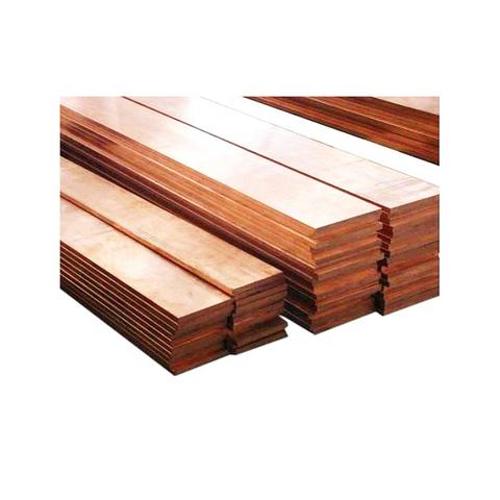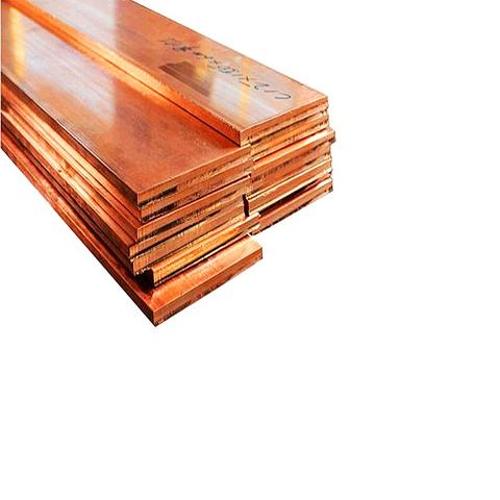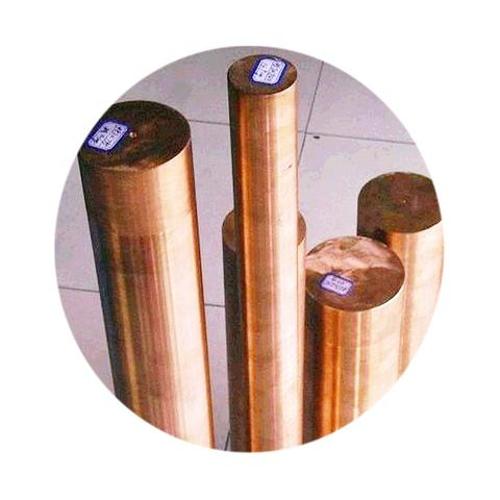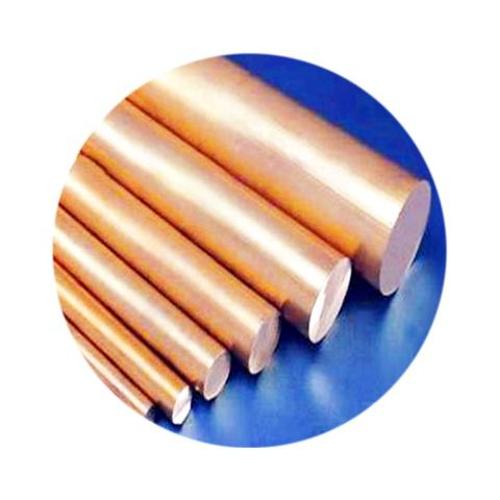Tungsten Copper Alloy
Tungsten-copper is an alloy composed of tungsten and copper, and the commonly used alloy has a copper content of 10% to 50%. This alloy is produced by powder metallurgy and has good electrical and thermal conductivity, good high-temperature strength and a certain degree of plasticity. At very high temperatures, such as 3000 ℃ or more, the copper in the alloy will be liquefied and evaporated, a large amount of heat absorption, reduce the surface temperature of the material, so this type of material also Therefore, these materials are also called metal sweating materials. Tungsten-copper alloys combine the low expansion, wear resistance and corrosion resistance of tungsten with the high electrical and thermal conductivity of copper, and are suitable for a wide range of machining. According to user requirements, tungsten-copper alloys can be produced and sized for tungsten-copper ratios, and are widely used in aerospace, aviation, electronics and other fields.
The specific applications of tungsten-copper alloy include.
Electrical contact materials: used as electrical contacts, electrical contacts and electrodes in all kinds of high- and low-voltage switching appliances and certain instruments, with high resistance to arc ablation and anti-melt welding properties3.
Electrical processing materials: used in resistance welding, electric riveting, electric upsetting and forging, electric spark processing technology in the electrode and mold materials, the electrode or mold materials are required to have good electrical conductivity and resistance to arc ablation, the To ensure the processing accuracy 3.
Welding electrode: tungsten-copper alloy has high temperature resistance, arc abrasion resistance, high specific gravity and high electrical and thermal conductivity, and is easy to machine, suitable for welding electrodes used in 1.
Electronic packaging sheet: the use of high-purity tungsten powder excellent metal properties and high-purity copper powder plasticity, high conductivity and other advantages of static pressure molding, high-temperature sintering, dissolved seepage of copper process refined composite materials. It is characterized by good arc-breaking property, electrical and thermal conductivity, small thermal expansion, and no softening at high temperature.
Due to its unique physical and chemical properties, tungsten-copper alloy plays an important role in many industries.






